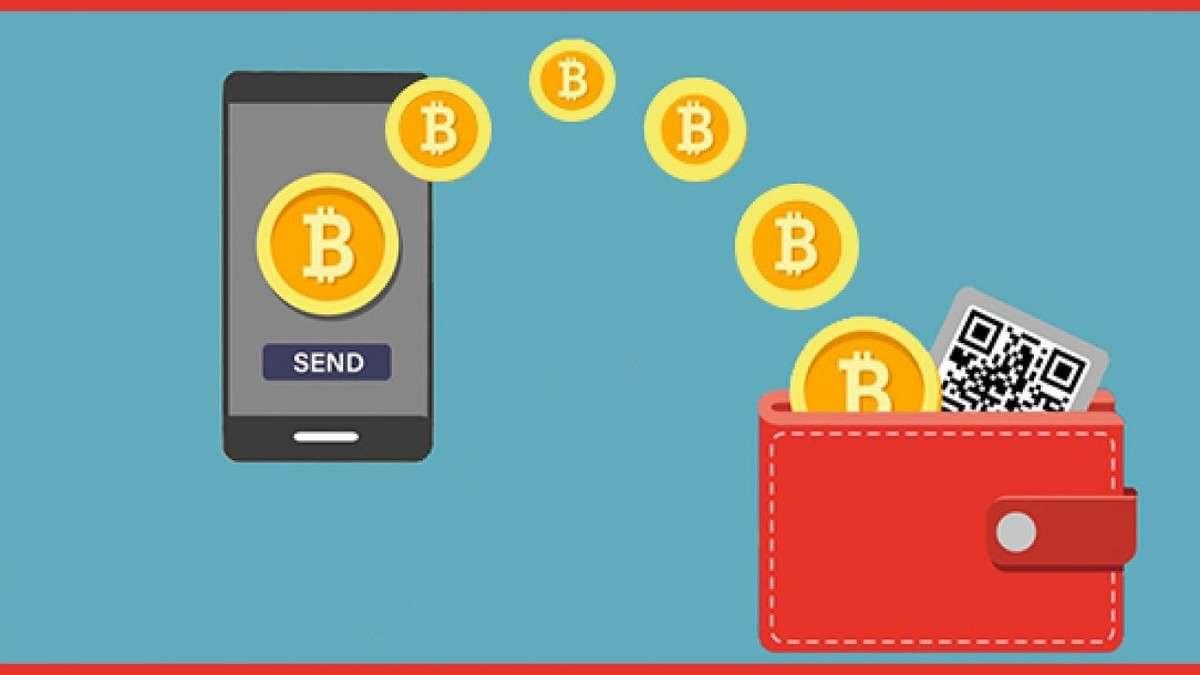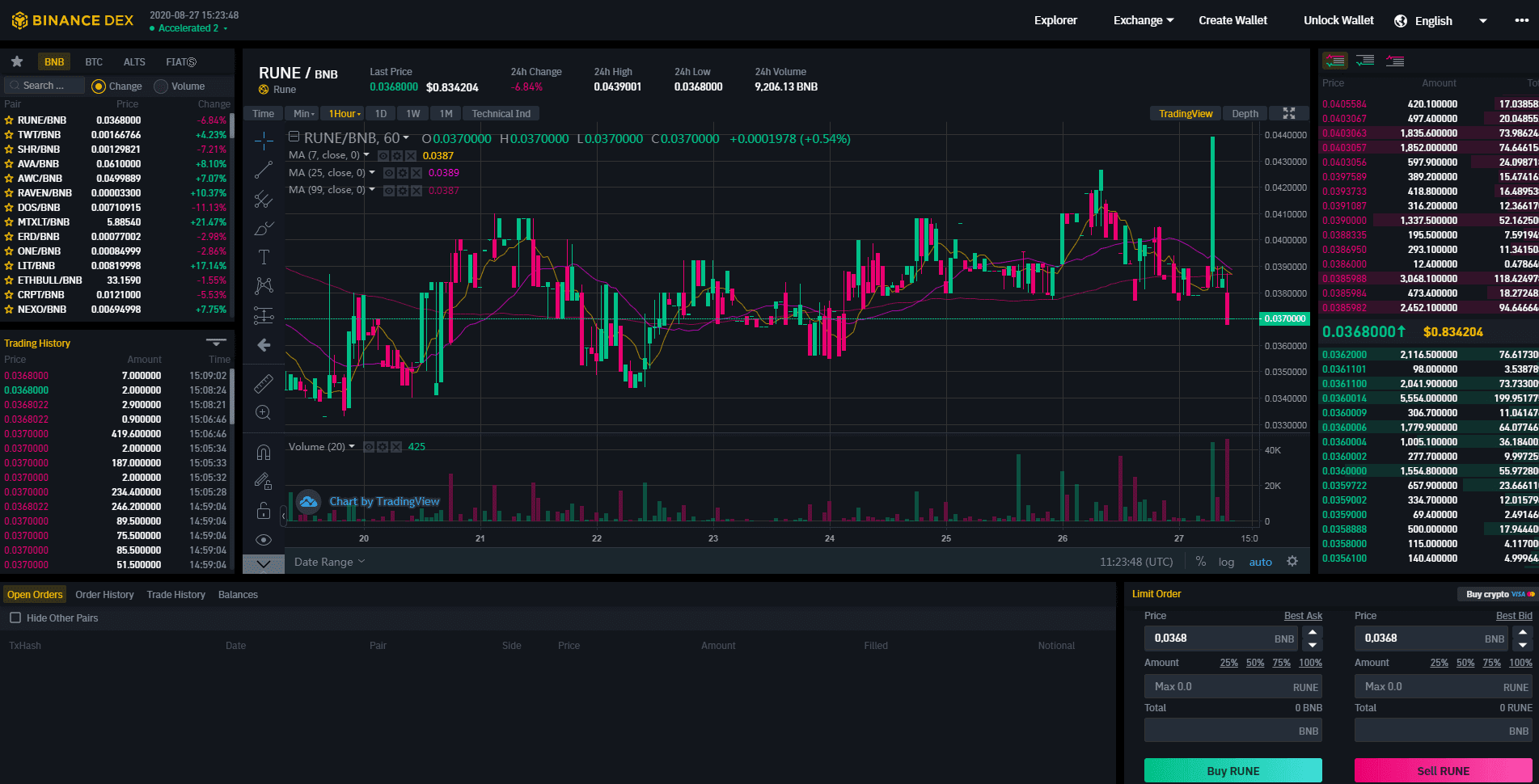No products in the cart.
Cryptocurrency Exchanges Overview, Advantages, Top 10 Leave a comment
Content
- Cons Of Centralized Exchange
- What Is a DEX?
- How Does A Centralized Crypto Exchange Work?
- Decentralized Exchange Vs Centralized Exchange: A Comparison
- How Do Decentralized Exchanges Work?
- What is Anti Money Laundering (AML)?
- What’s the difference between a decentralized exchange (DEX) and a centralized exchange (CEX)?
- Community
The fees are often a small percentage of the trade amount, and are often lower than trading fees on CEXes. But investors may need to pay a network or gas fee to cover the cost of processing the transaction on the blockchain. For example, Uniswap was built on the Ethereum blockchain and it allows investors to trade Ether and other Ethereum-based tokens. But someone who https://xcritical.com/ wants to trade cryptos on a different blockchain, such as the Binance Smart Chain, would need to use a compatible DEX, like PancakeSwap. Synthetix is a decentralized exchange built on the Ethereum blockchain through a series of… Decentralized exchanges make a direct trade between two non-custodial wallets possible, with little to no instructions from a third party.
Transactions take time to be checked and validated on a blockchain network, and the processing speed depends on the network’s miners or validators, not the exchange itself. How these aggregators work is similar to a search engine, in that they compile and accumulate information and data from different exchanges to give users more options. You are now leaving the SoFi website and entering a third-party website.
Cons Of Centralized Exchange
Users are required to provide liquidity in the form of two tokens. Stackswap, Bisq, and THORChain all serve unique purposes in the world of DeFi. Each platform opens a new channel for liquidity and utility of Bitcoin-based capital.
Lastly, decentralized exchanges’ operations are maintained via a distributed network of nodes, unlike their centralized counterparts, which are hosted on company servers. Through smart contracts and Automated Market Makers , liquidity pools remain autonomous and automatically adjust to maintain the proper prices of tokens. DEXs are becoming increasingly more popular compared to a few years ago, and part of this is due to the growing popularity of Bitcoin and the recent fall of the FTX exchange. The latter further proved the shortcomings of centralized exchanges and highlighted the importance of self-custody of digital assets. Unlimited asset support – given that DEX platforms avoid compliance with regulatory agencies, they are able to provide unlimited support for all types of digital assets, from cryptocurrencies to non-fungible tokens .
What Is a DEX?
A DEX is a peer-to-peer marketplace where users can trade cryptocurrencies in a non-custodial manner without the need for an intermediary to facilitate the transfer and custody of funds. DEXs substitute intermediaries—traditionally, banks, brokers, payment processors, or other institutions—with blockchain-based smart contracts that facilitate the exchange of assets. Finally, all decentralized exchanges must come to terms with the fact that as long as the space is unregulated, there will be legal risk that comes from the unknown. Regulators can abruptly change course, redefining DEXs in such a way that makes them subject to KYC and AML regulations much as they did with cryptocurrency exchanges.
This text is informative in nature and should not be considered an investment recommendation. It does not express the personal opinion of the author or service. Any investment or trading is risky, and past returns are not a guarantee of future returns. An introduction to cryptocurrencies and the blockchain technology behind them. An example of such an incident is Mt.Gox, which was once the world’s largest cryptocurrency exchange company before it reported the theft of 850,000 bitcoins, leading to its collapse. Also remember that as the popularity of DeFi as a whole grows, so too will the use of DEXs, and their features and functions.
How Does A Centralized Crypto Exchange Work?
Some believe that decentralized markets can greatly reduce hackers because there is no single data resource that they can attempt to infiltrate; though recently this has been proved untrue. Matcha enables swapping between cryptocurrencies on multiple networks to provide the best price. In 2021, cryptocurrency exchange Coinbase went public and achieved a market capitalization of more than $86 billion. When trading two tokens, auto-bridging improves exchange rates and liquidity by automatically trading token-to-XRP and XRP-to-token when doing so is cheaper than trading directly token-to-token. The majority of cryptocurrency traders are concerned with trading charges.
These are changing platforms and technologies, so do some research to make sure you know what you’re doing, and that you’re keeping your keys, phrases, and assets safe. DEX protocols can use Chainlink Price Feeds for reliable price conversions, accurate display prices on a frontend, or the secure calculation of staking rewards and fee distributions to stakeholders. On DEXs involving margin or futures contracts, Price Feeds can help ensure the correct pricing of collateral assets and the accurate processing of liquidations. DEXs can use Chainlink oracle services to increase the resiliency of their protocol and introduce advanced features that users may be familiar with from centralized infrastructure. While most current AMM designs deal with cryptocurrencies, AMMs could also be used to facilitate swaps of NFTs, tokenized real-world assets, carbon credits, and much more.
Decentralized Exchange Vs Centralized Exchange: A Comparison
With this in mind, AML and KYC go hand in hand, and the two terms are often discussed alongside each other. Anti-Money Laundering refers to laws and regulations that a variety of governments have in place specifically to limit the prevalence of money laundering activities in their jurisdictions. Until someone understands how wallets and wallet extensions work, that person could easily lose money in a DEX. Permissioned Blockchain Create a private ledger with public trust. The network calculates the exchange rate of Tran’s Offer, by dividing the amount to buy by the amount to pay. As of 2021, there are over 4,000 unique cryptocurrencies on the market.
- Investor Michael Novogratz has described some DeFi protocols as “Ponzi-like”.
- Multichain is a fully decentralized cross chain swap protocol, based on Fusion DCRM technology, with automated pricing and liquidity system.
- Decentralized exchanges are designed to be resistant to censorship.
- To conclude, we will share our thoughts on where we see the industry moving and what traders should consider before trading on either.
- A smart contract is only as smart as the person or entity that created it, and there’s no guarantee that it will work as hoped all of the time.
- BiWang Group specializes in mining chip R&D, production of mining chips, and the operation of a massive-scale blockchain cloud data center with super-power cloud servers.
In addition to simply being best practice, it’s a requirement for some industries. TheHedera network offers predictable fees, scalability with 10,000 TPS,, and transaction settlement in seconds, making it ideal for DEXs. Additionally, decentralized exchange thanks to hashgraph consensus’ fair ordering of transactions, DEXs powered by Hedera aren’t susceptible to front-running by bots — a multi-billion dollar issue facing DEXs on alternative blockchain networks.
How Do Decentralized Exchanges Work?
The information contained in this document should not be relied upon by investors or any other persons to make financial decisions. It is gathered from various sources and should not be construed as guidance. The views expressed in this document about the markets, market participants and/or digital assets accurately reflect the views of BCB Group. While opinions stated are honestly held, they are not guarantees, should not be relied on and are subject to change. The information or opinions provided should not be taken as specific advice on the merits of any investment decision. Past performance of the digital asset markets or markets in their derivative instruments is not a viable indication of future performance with actual results possibly differing materially from those stated herein.
What is Anti Money Laundering (AML)?
Investors are incentivized to contribute assets into the pool to provide liquidity and are thus referred to as liquidity providers . As a reward for their participation, they get a share of the fees traders pay to access or ‘draw’ from the pool. Think of it as a pool of water, with the water representing the various components of the pool.



